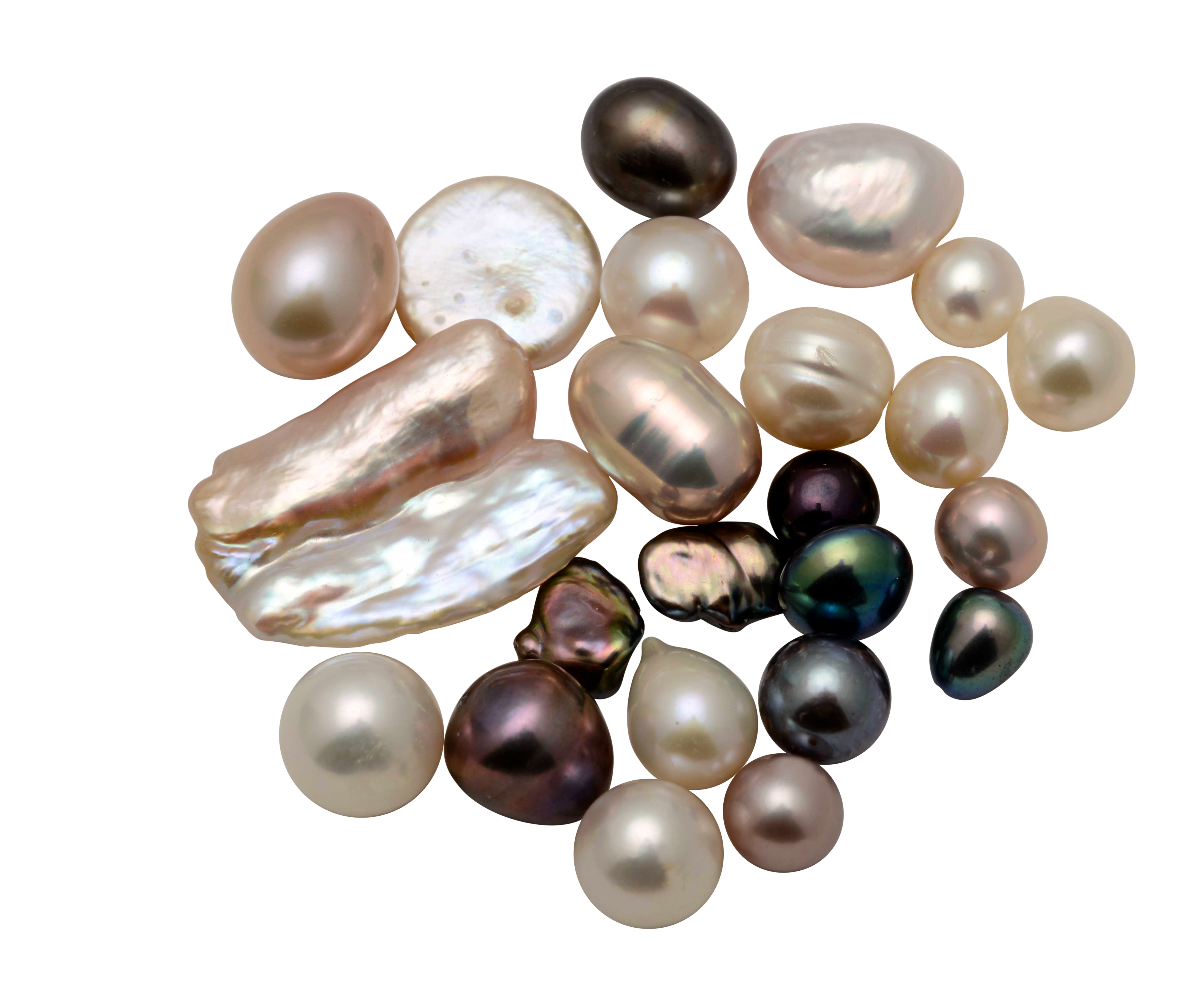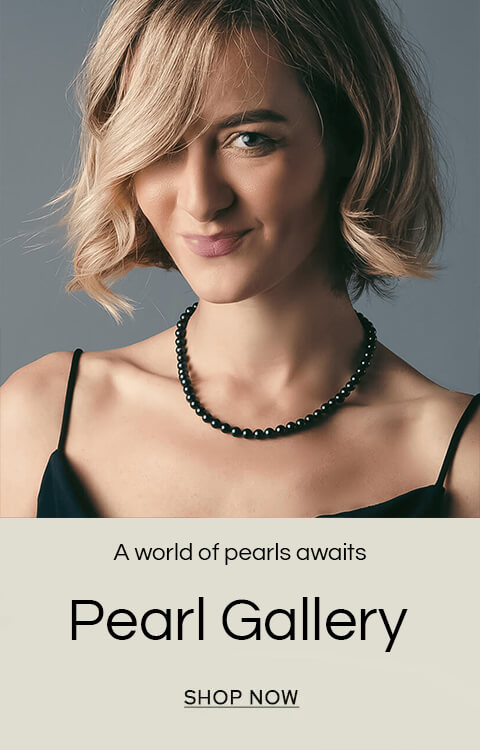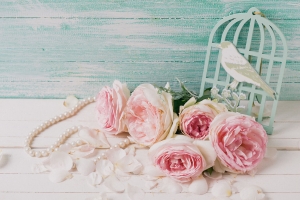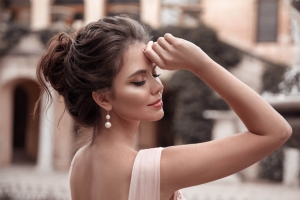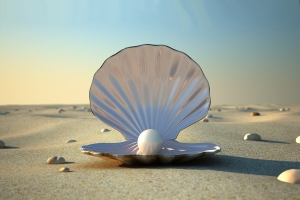Just like the individual that chooses a piece of pearl jewellery, every pearl, whether natural or cultured is unique. Available in different colours and sizes, every fascinating pearl also has a different shape. At Pearl Gallery, selecting a pearl based on its shape is just one of the many factors involved in this important process. An array of wonderfully bespoke pearl shapes can be explored here amongst our online collections of beautiful pearl jewellery designs, but to help you decide which one is best for you, we’ve created this simple guide to different pearl shapes.
What factors can affect the shape of a pearl?
To start with, it’s important to understand that the shape of a pearl can depend on many factors. These include a change in water temperature or saline levels or an organic substance that may attach itself to the pearl whilst it grows. In the same way, a pearl can change its shape if it slides whilst inside the mollusc or if it attaches itself to another pearl or rotates differently than expected when growing. Aquaculturists also believe that the presence of bubbles inside the shell can also influence the eventual form of the pearl.
How does each pearl form its own unique shape?
This is one of the most interesting parts to learn about a pearl’s development. It all centres around the irritant that causes the pearl to grow in the first place. All pearls form when a foreign substance enters a mollusc and triggers the growth of a pearl. Layers and layers of nacre-the substance the mollusc uses to build its shell, coat the intruder, forming a protective structure around it. Therefore, it now becomes easier to understand how the shape of a pearl is hugely determined by the irritant that it was formed around. To create sea water cultured pearls, a spherical-shaped bead, with the addition of mantle tissue, is generally used to achieve a perfectly round shape, although other factors affect how the pearl will form. Water molecules will bounce off the layers of nacre building up around the spherical bead, creating energy and causing the pearl to rotate, and enhancing its round shape while growing. Mantle tissue used solely as the nucleus of a freshwater pearl, mostly results in a semi-round or irregular shape.
What are the different pearl shapes?
Considered the most desirable of all, perfectly round pearls are rarer than other different pearl shapes and are sought-after for their beauty. As a result, they’re also the most valuable. The round shape can now be found in every pearl type. Most famous for this shape is the Akoya pearl.

Round
Considered the most desirable of all, perfectly round pearls are rarer than other different pearl shapes and are sought-after for their beauty. As a result, they’re also the most valuable. The round shape can now be found in every pearl type. Most famous for this shape is the Akoya pearl.
SEMI-ROUND
Deviations in nacre deposition cause small variations from the round in a semi-round pearl. The outcome of which can vary from slight; hard to detect by the untrained eye, to the quite obvious. Assessing the roundness of a pearl often involves the “Roll Test” in which a pearl is rolled across a flat surface to show any inconsistencies in the way it moves. This small yet significant difference in shape results in a less valuable pearl. Semi round pearls can often appear more ovoid than round in shape and are easy to spot when laid on a flat surface.


Drop
If a drop-shaped pearl is flawlessly formed, it can be incredibly valuable. Symmetrically shaped, these drop-shaped pearls account for only 20% of every pearl harvest. South Sea pearls are notable for their beautiful tear-drop shape. A perfectly matched pair of well-formed drops have a much higher respective value than a single one of equal quality and are much sought after for earrings.
Baroque
Considered the most common pearl shape, baroque pearls make up around 40% of each pearl harvest and boast a very irregular shape with many unique characteristics that include tips, knobs, and circles. A high lustre and orient can be appreciated in the baroque-shaped pearl due to its uneven nacre. Baroque pearls can be found in the Tahitian, South Sea, Akoya and now also Freshwater types.


Circle Baroque
In the 1970s, circle-shaped pearls were dubbed “Circles of Love” and were characterised by their signature concentric rings that run around the entire circumference of the gem. These circles can range from completely covered, to sparingly. These unique structures are not considered blemishes or inclusions.
Whether drop-shaped, circular, perfectly round or semi-round, pearls come in a myriad of different shapes which determine the piece of jewellery they are incorporated into. One of the most desirable aspects of owning a piece of pearl jewellery, however, is the uniqueness of each design. No two pearls are ever the same, resulting in an endless scope to explore upon choosing your very own piece of elegant pearl jewellery.

